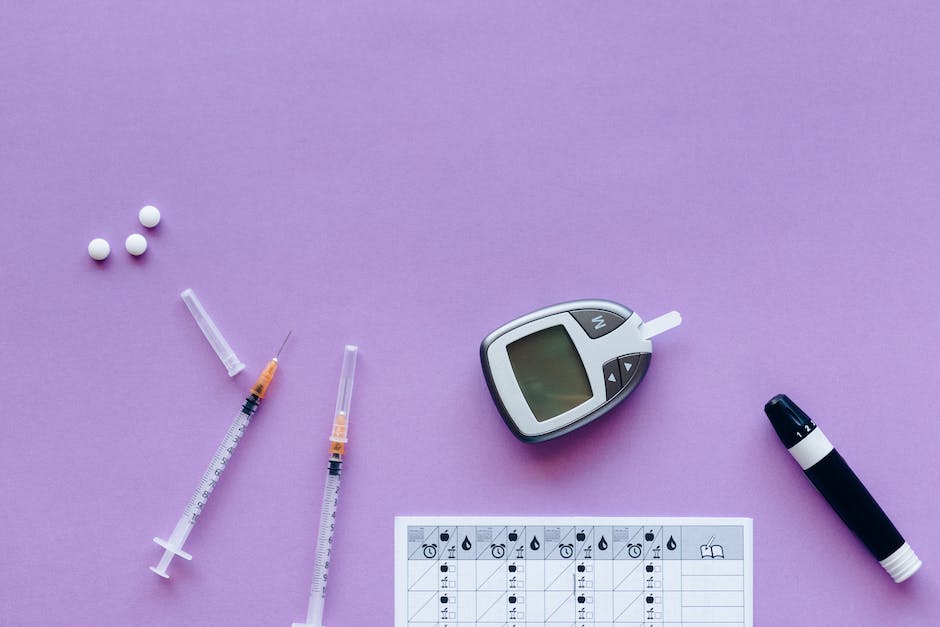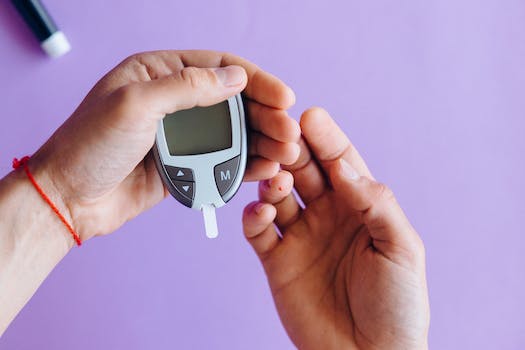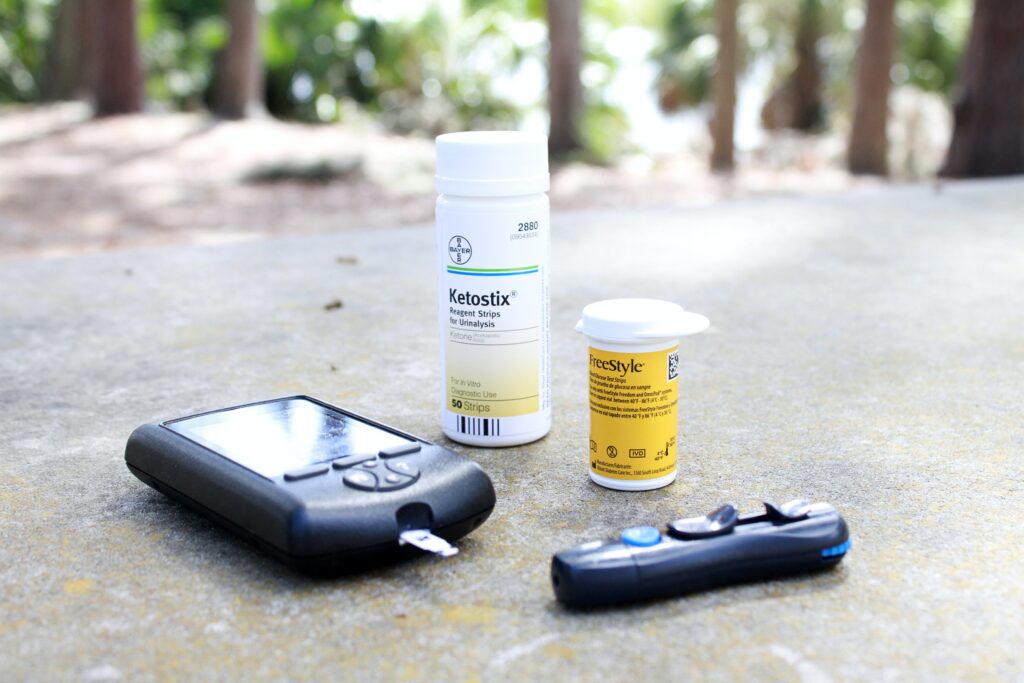People with diabetes must have multiple test strips each day to monitor and manage their blood glucose levels. Those test strips represent a significant cost. For individuals who are uninsured, underinsured, or on a fixed income. Not having them jeopardizers their health. The good news is that there’s an alternative.
A More Cost-Effective Solution
Companies such as Sell Your Test Strips buys test strips from those that don’t need them or have more than they need. They resell them to people who do need them at a discount. The company vets the test strips to ensure they’re new, in the original box, and have a sufficiently long expiration date. It’s legal to sell test strips since they can be purchased over-the-counter without a prescription. The one exception is test strips paid for by Medicare or Medicaid. Those can’t be resold.
Test Strips are Money Makers
Diabetic test strips provide a huge profit margin for pharmaceutical companies who are essentially selling to a captive audience. People with diabetes have to have test strips and they must test multiple times per day. They have no choice. Each test strip costs between 10 and 12 cents to produce.
However, when they make it to pharmacy shelves, the strips can retail for $1 or more each. That can represent a markup of 900 percent according to financial analyst, David Kliff.
No Universal Strip
Test strips are used with a glucose meter to obtain a blood glucose reading. The cost of your test strips is also affected by the type of meter you’re using. Test strips aren’t interchangeable between meters. Test strips will only work with specific meters for which they were designed.
The meter and test strip market were worth $12.31 billion in 2021. Test strip manufacturers claim that their manufacturing processes are proprietary, even though test strips all essentially work the same way. It’s no wonder that an increasing number of people are turning to companies like Sell Your Test Strips for their diabetic supplies to minimize costs.
We Buy Unused Diabetic Test Strips and Supplies
If you would like to find out about earning cash for your unwanted, unused, and boxed test strips, complete our online quote form today.
If you have extra, unopened and unused boxes of diabetic test strips – whether you have switched brands, no longer need to test or test less frequently, or have a loved one who has passed away – don’t let them gather dust until they’ve expired and end up in the trash. We’re the best place to sell diabetic test strips online, and if you want to sell your test strips, we’re here to make the process easy and enjoyable!
Visit us at Sell Your Test Strips and get your free quote today!








